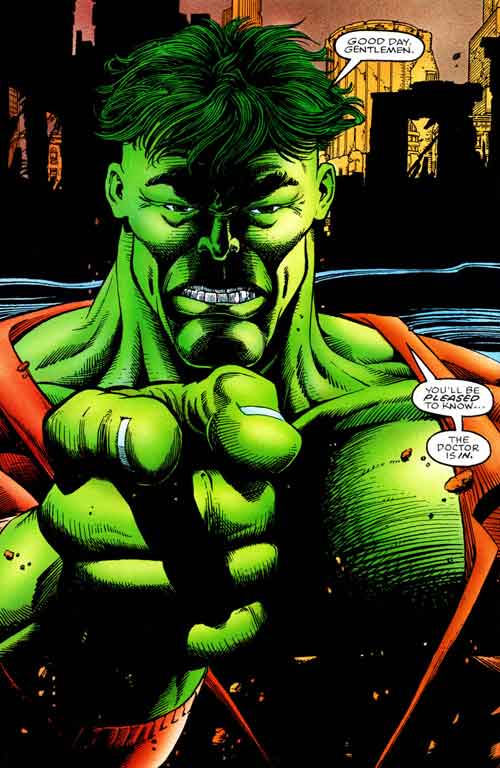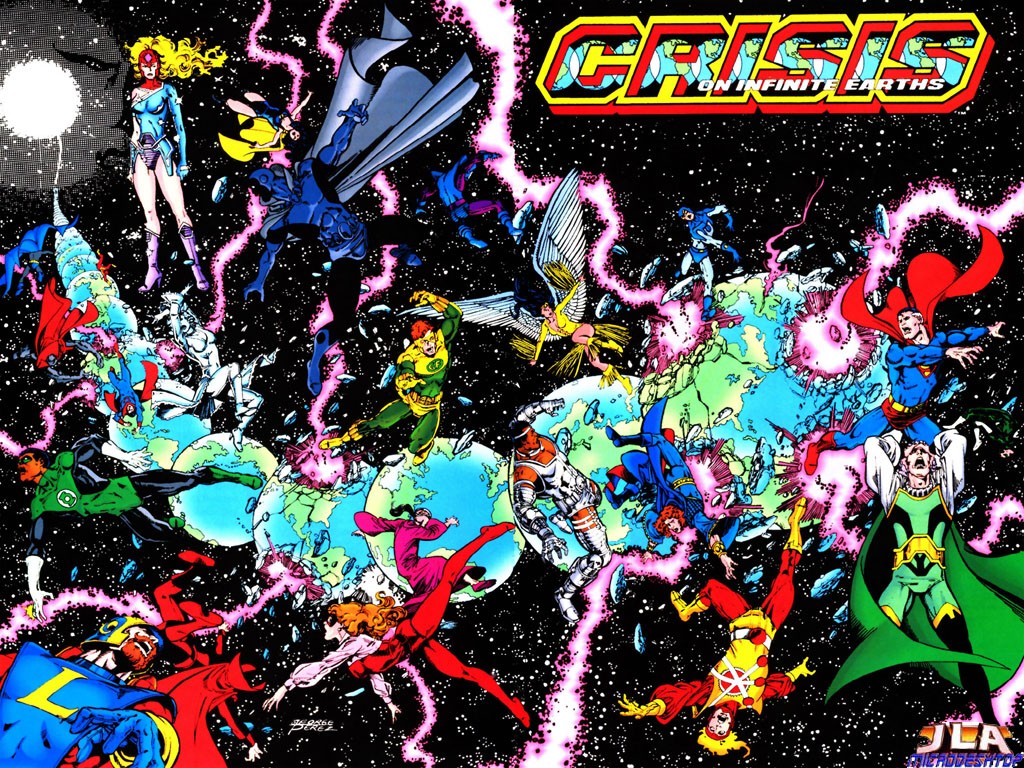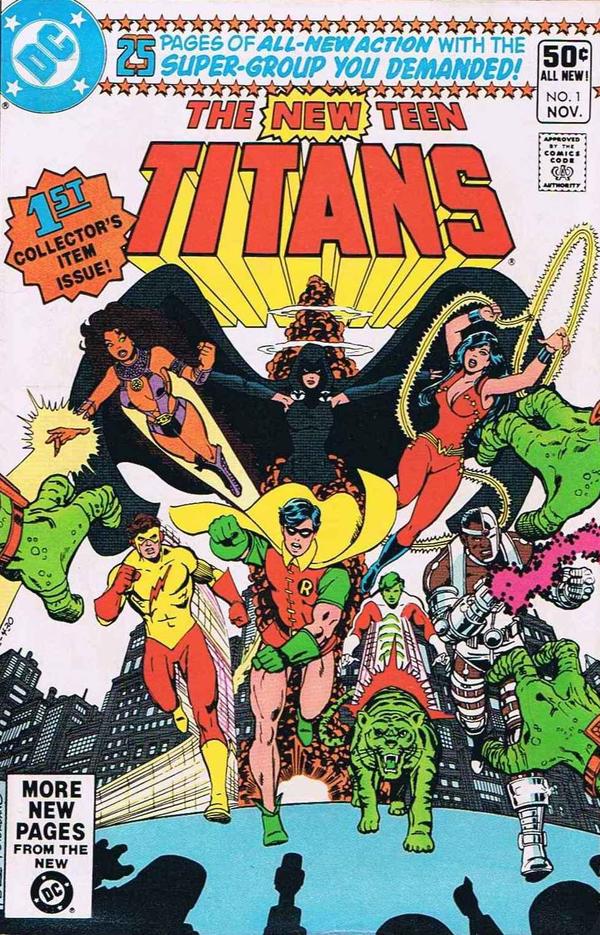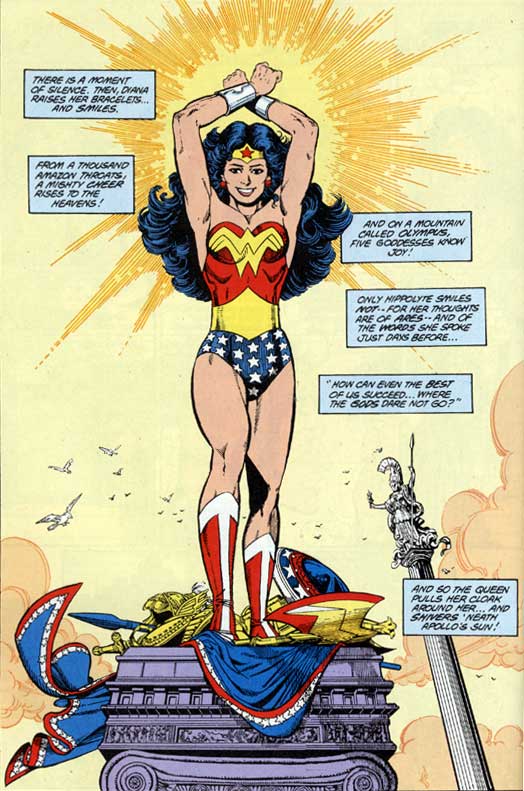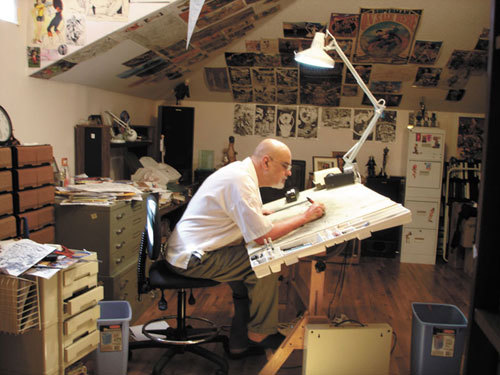George Perez can be exhausting. His art is so incredibly detailed it demands closer inspection, while his writing is intelligent and wonderfully verbose. One of the most influential and renowned comics artists of the last 35 years, Perez has drawn just about everybody and everything (which could easily be said about his work on Crisis on Infinite Earths alone); he’s drawn the Fantastic Four, the Flash, the Hulk, the X-Men, both the Avengers and the Justice League, Superman…the list goes on. Most artists are closely associated with one or two titles they drew in their prime; George’s runs on the Avengers, the Justice League, and his most recent work on the New 52’s Superman #1-6 have all received praise from both fans and critics. His work with Marv Wolfman on the New Teen Titans and with Peter David on Hulk: Future Imperfect have also been widely hailed as excellent examples of what comic art should look like.
Look at the detail here; you can see every strand of hair on the Hulk’s head, as well as the lines in his skin where his thumb meets his palm. You can even get a sense of why the story is called Future Imperfect; melded seamlessly into the background are the crumbling remains of some futuristic civilization.
But the Hulk is nothing compared to Crisis on Infinite Earths, published in 1985-86, a historic 12-issue limited series (again a collaboration with Teen Titans writer Marv Wolfman) that attempted to solve all of the continuity problems in the DC Universe that had arisen from having fifty-plus years of story-lines. Perez went so above and beyond expectations for what a normal comic artist would turn in, that looking at the art from Crisis takes as long as reading the story. There’s simply so much there.
How long did you spend looking at that? There are (at my count) twenty-one people in the drawing. Did you catch the earths blending into one another in the word Crisis? Or the incredible detail of the Earths as they fade into the distance? The Aleutian Islands can be made out in the fourth and fifth Earths back. There are also two Supermans, and Batman can be found in the upper left hand corner, adrift in space. Keep in mind, this is just the cover of the first issue; imagine this wall-to-wall detail in every single panel of every single one of the twelve issues of Crisis. Damn.
Here’s the cover to The New Teen Titans #1 (1980), because I can’t stop including his art:
I’ve mainly focused on his art so far, but, as I said at the beginning of the article, George Perez’s writing resembles his art. That is to say, it’s dense, heavily detailed, and epic in scope. My current favorite comic to read is his twenty-four issue reinvention of Wonder Woman after Crisis on Infinite Earths. Published in 1987-88, Perez’s Wonder Woman finally seemed to feel right; Diana Prince is a strong, independent woman as written by Perez, and his penciling of Wonder Woman seems appropriate to an Amazon. Wonder Woman isn’t a pin-up, either; she has defined musculature and a lithe body (in other words, exactly what you’d think a female superhero would look like if they weren’t always depicted with impossible bodily proportions).
Perez is one of the very, very few creators in Wonder Woman’s history to get it right in both story and art; he uses the same strategy Stan Lee and Jack Kirby used when they started to get Thor right, which is to say that Perez leans heavily on the ancient mythology around which the character is based. Rather than spending all her time in “Man World”, the first story arc sees Diana Prince face off with Ares, the God of War, who attempts a power grab on Mount Olympus after Zeus goes missing.
Another similarity to the legendary creative team of Lee and Kirby Perez has is that, in addition to having an artistic style which seems to emulate Jack Kirby’s hyper-detailed pencils, his writing is in the same vein as the cosmic writing style of Stan Lee. They both write with the same verve and wonderfully pulpy flourishes of language, and the florid-but-never-garish purpleness comic readers have come to love and even expect. The art of Kirby and the writing of Lee? No one man should have all that power.

